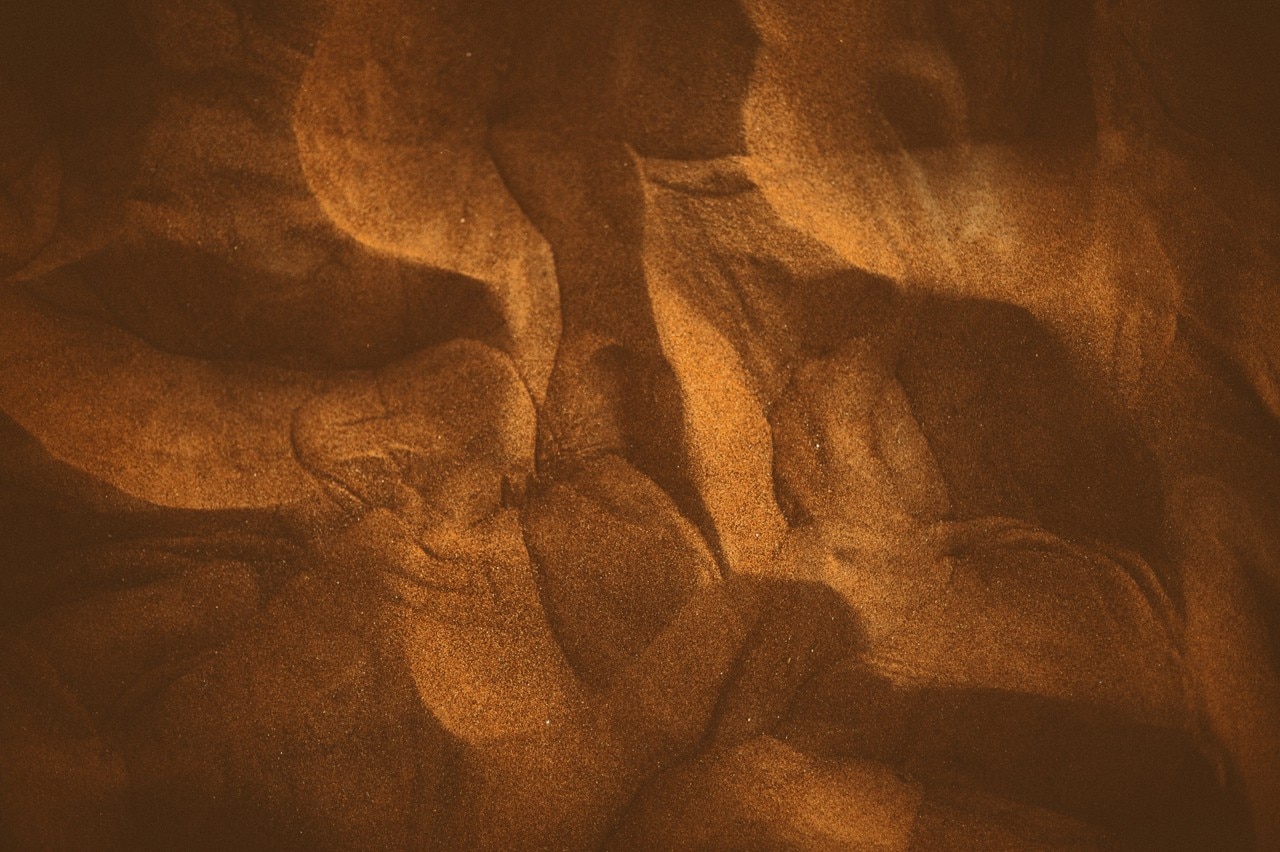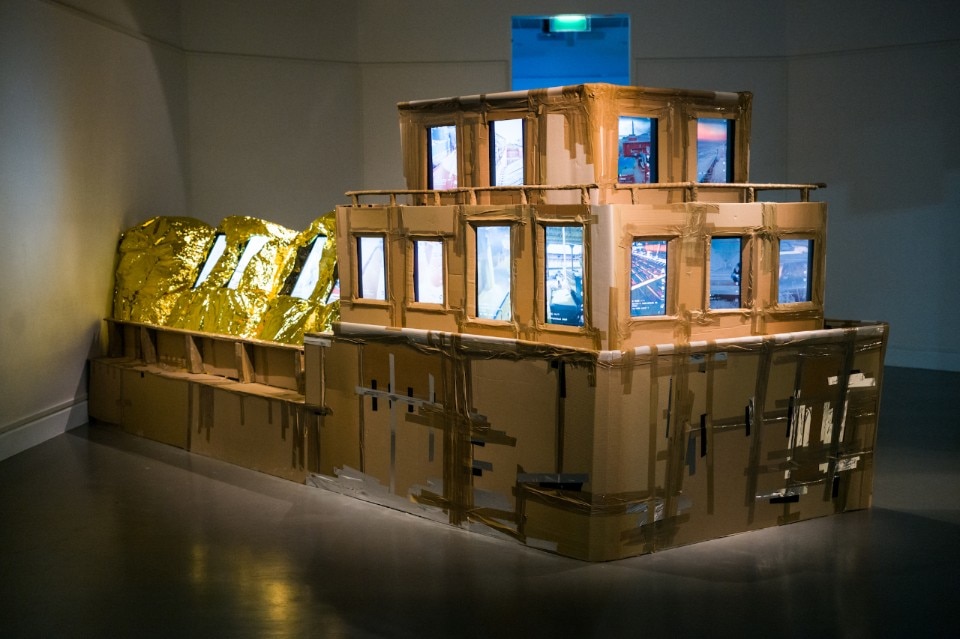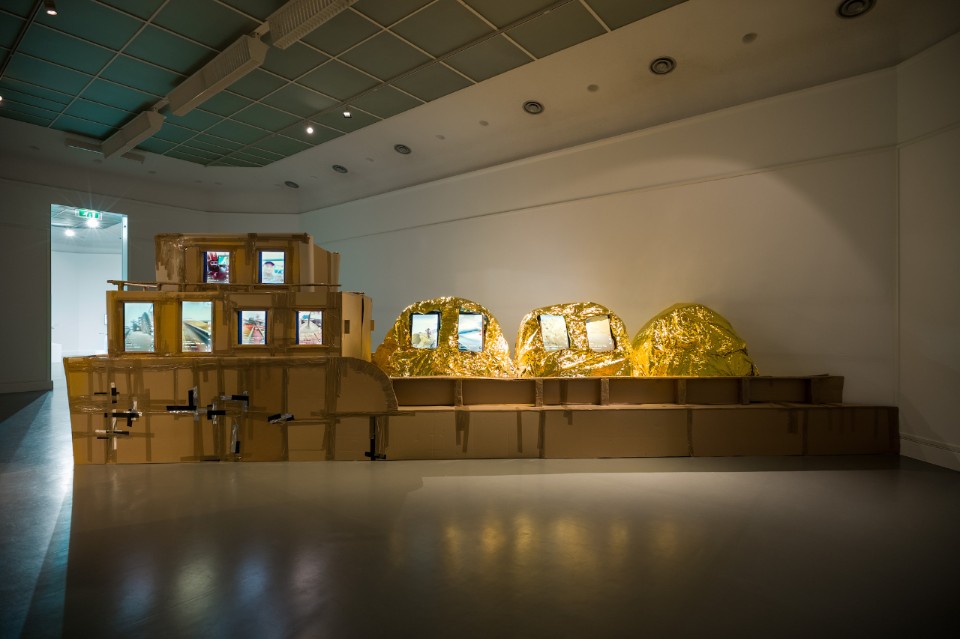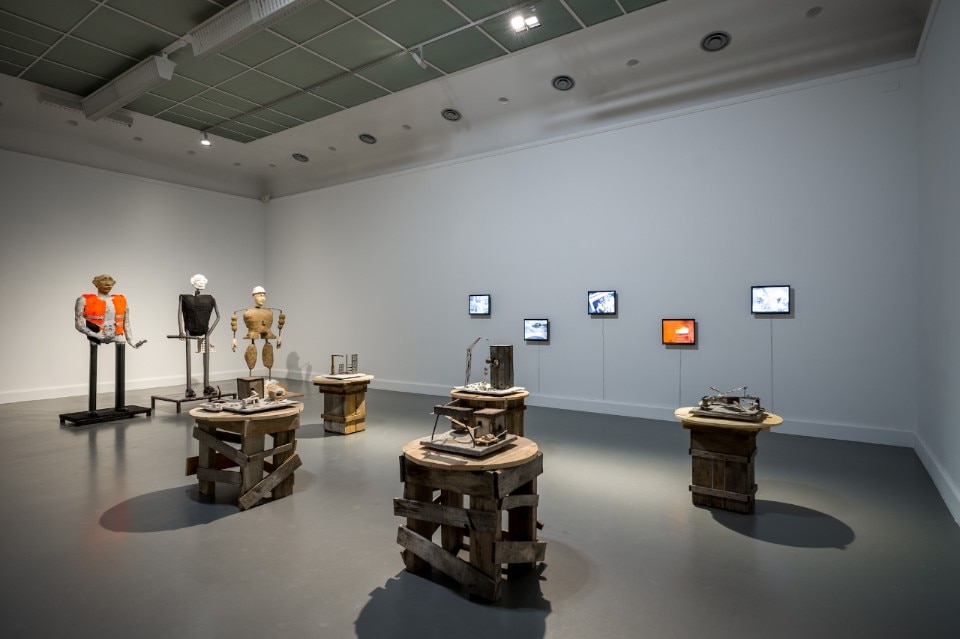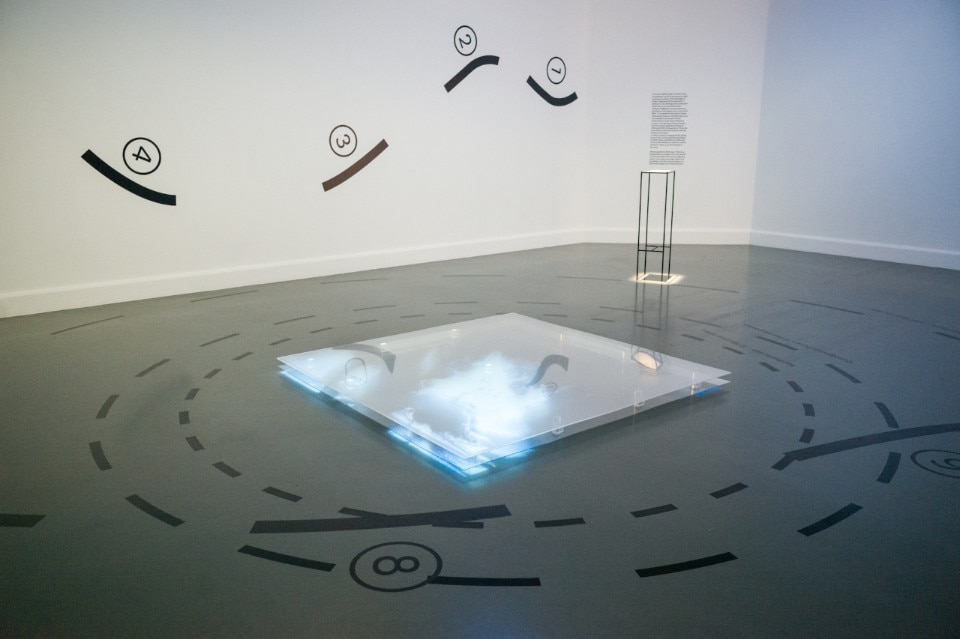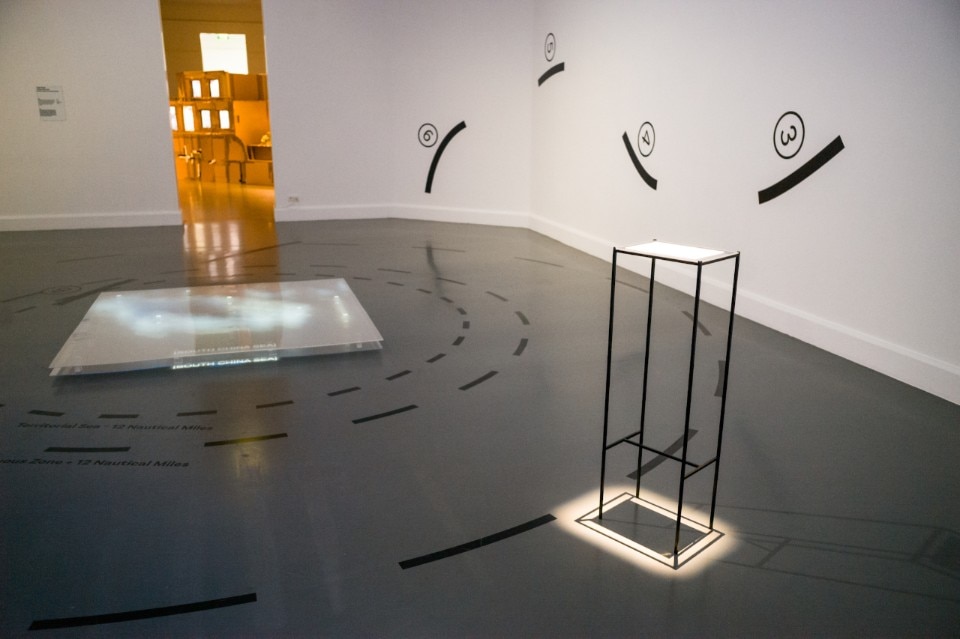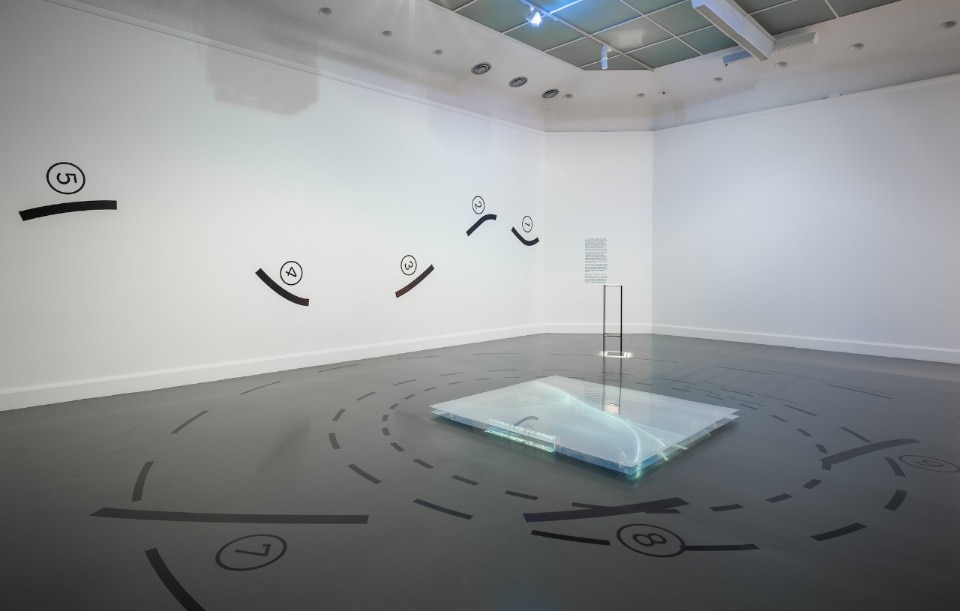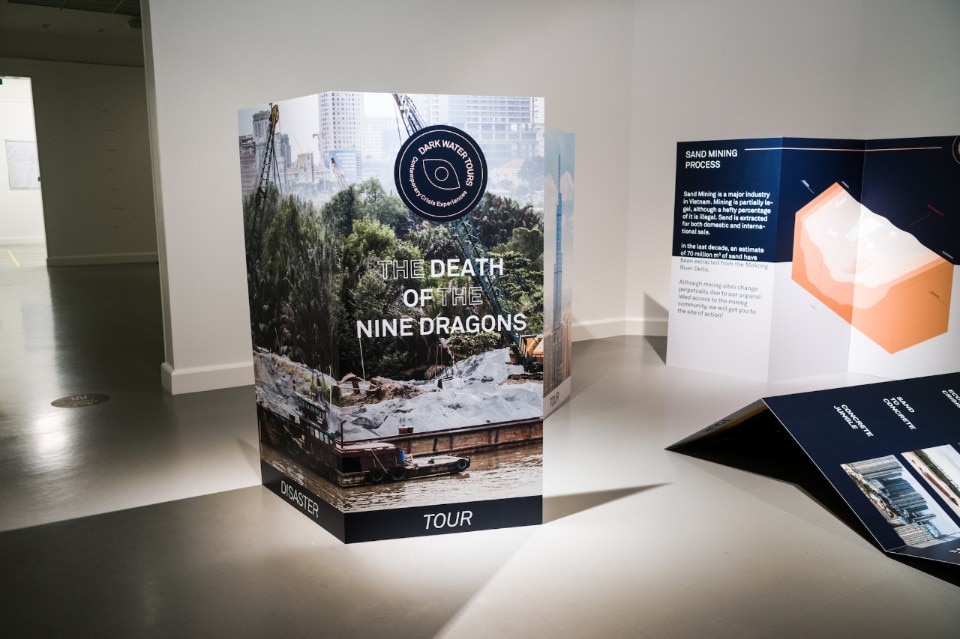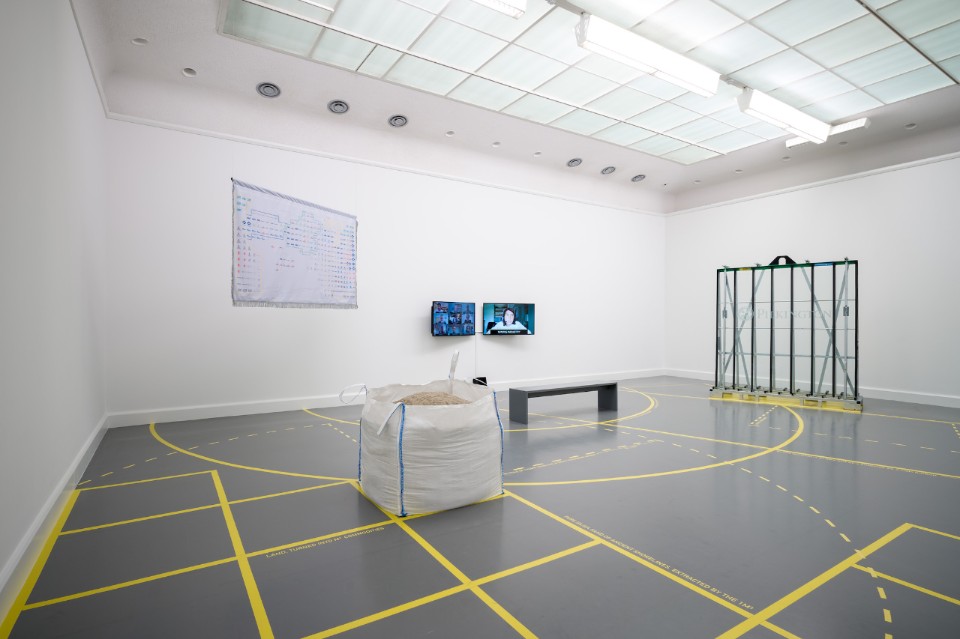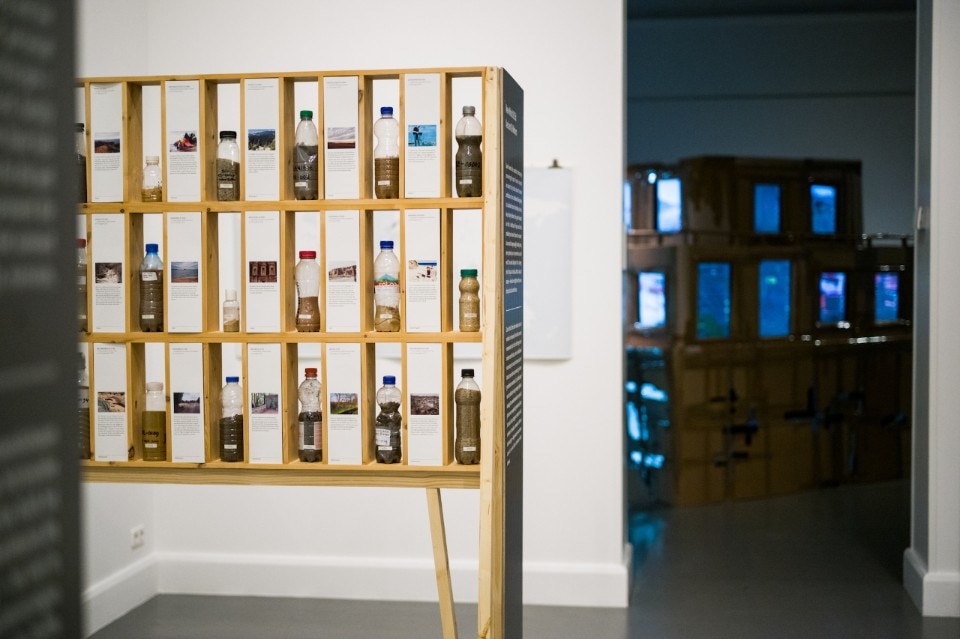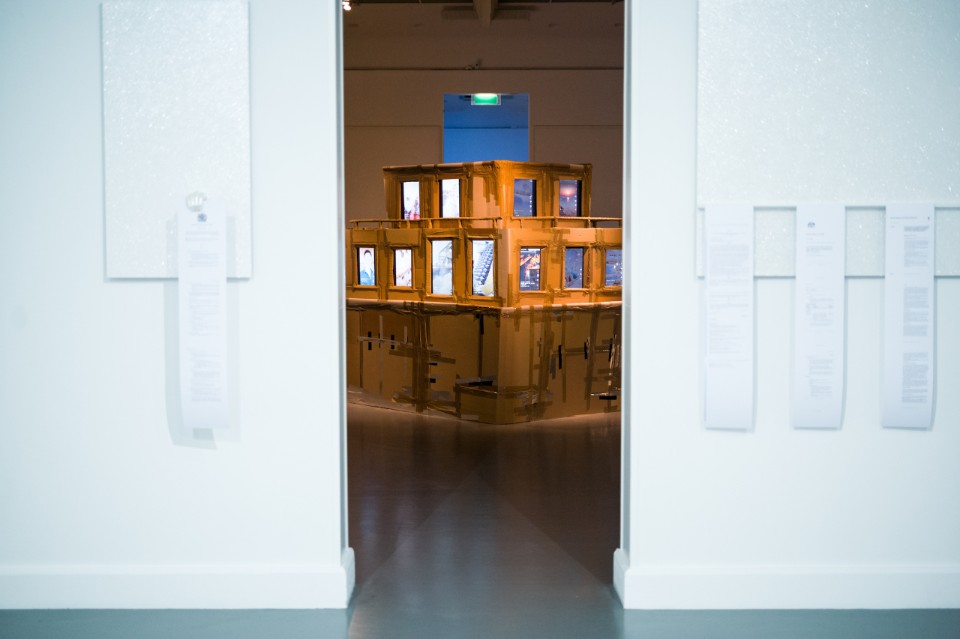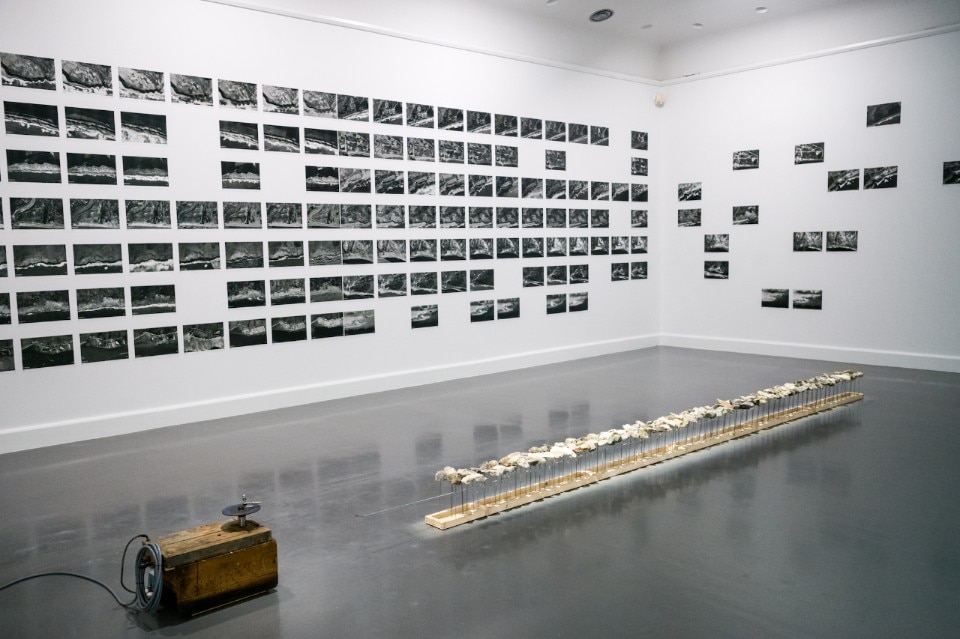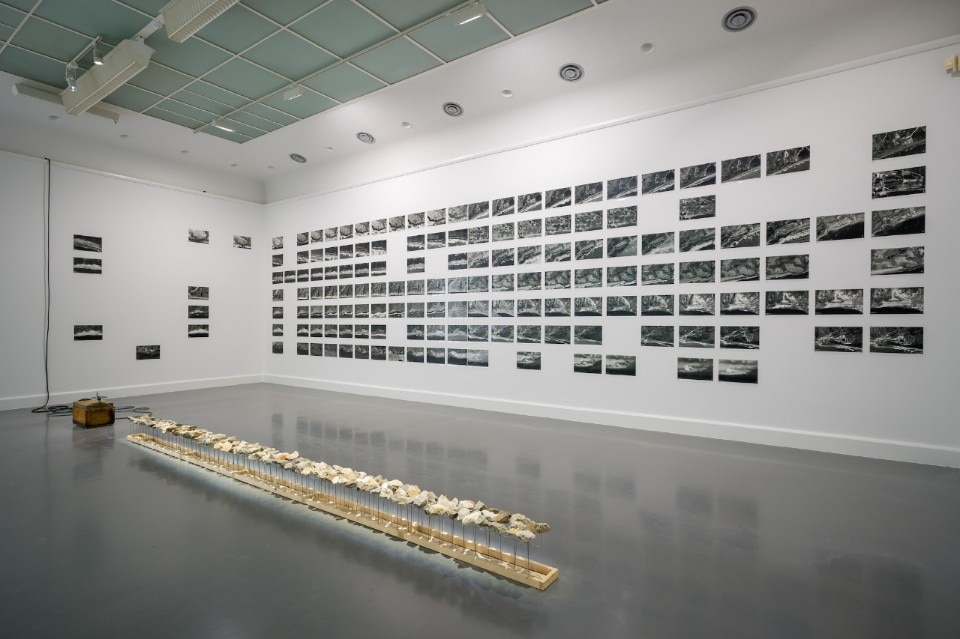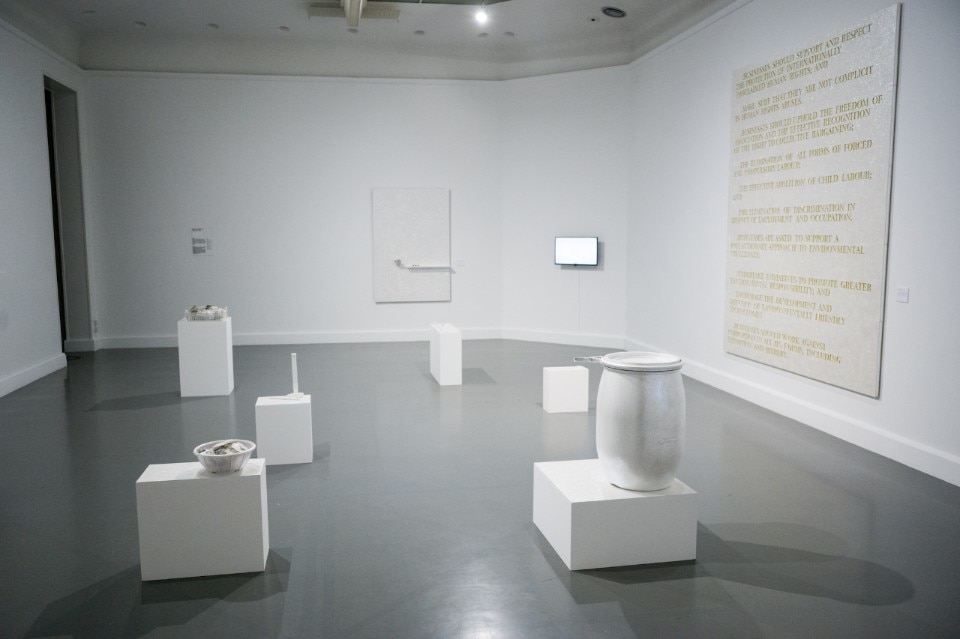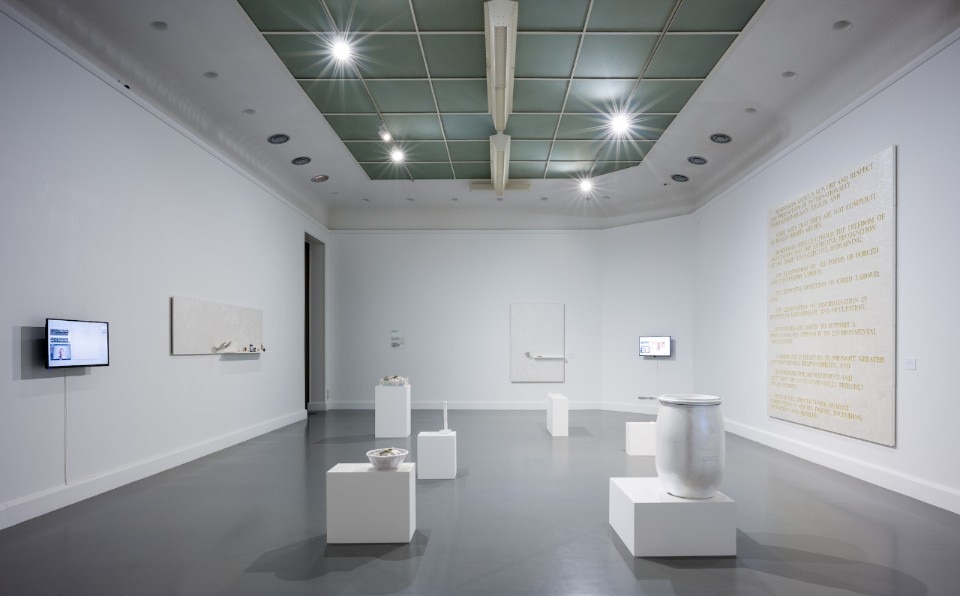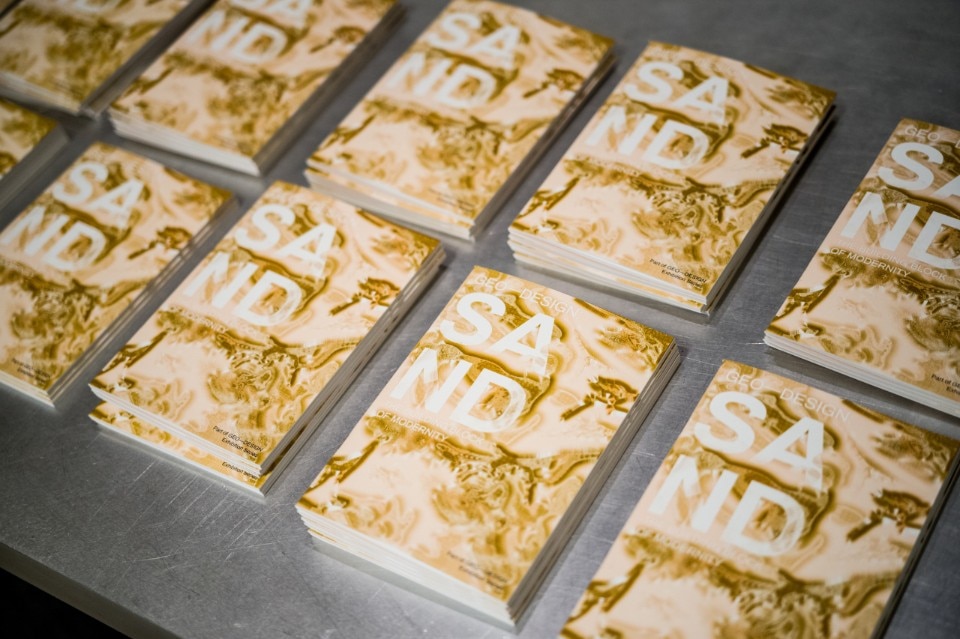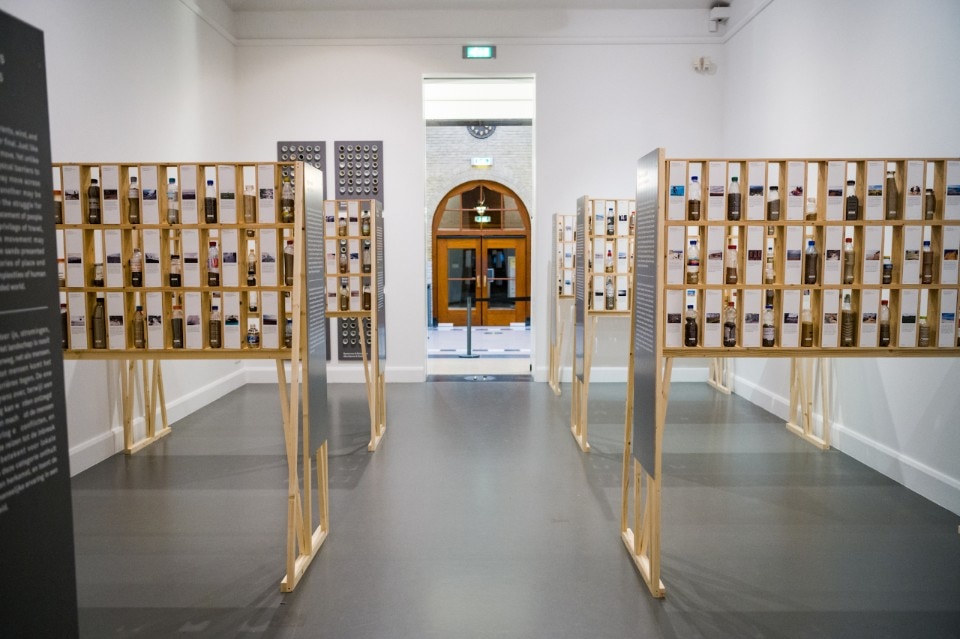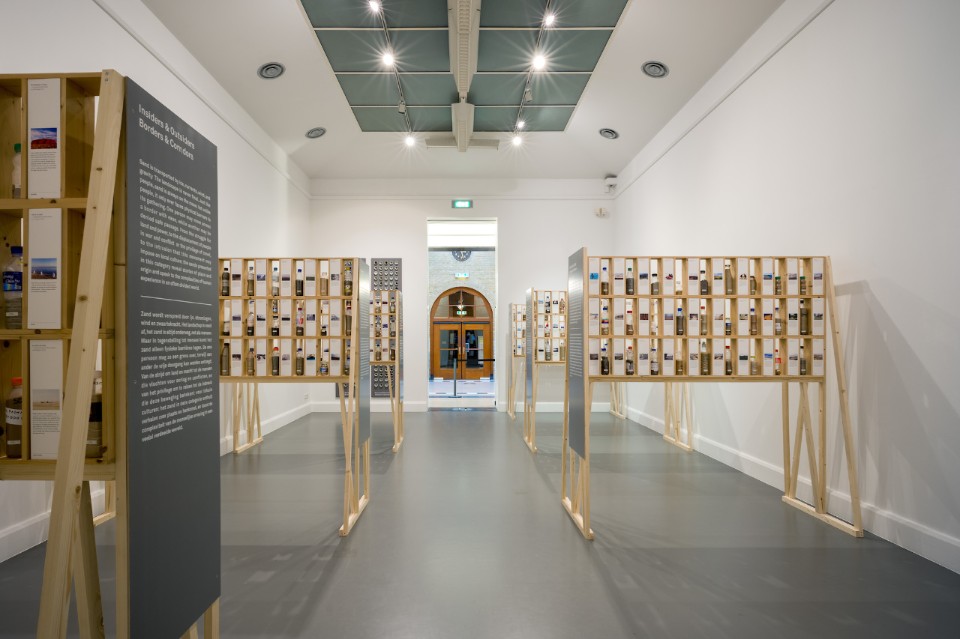Designers can no longer avoid knowing the global social, cultural and economic mechanisms in which we are involved. One of the most waited events of Dutch Design Week 2020, the Geodesign exhibition platform of the Design Academy in Eindhoven, is betting on the investigation of these complex systems. “Sand. The Building Block of Modernity”, curated by Martina Muzi, represents the third chapter of a stratified narration that this year, given the global complicated situation, seems even more needed to capture the deep transformation phase of the productive and cultural system, in an osmotic relationship with the world of design. It is in this developing dimension that the Geodesign finds its reasons, its possibilities to feed new forms of subjectivity and imagination.
The current exhibition at Van Abbemuseum uses sand as a raw material in order to narrate the imbalances which dominate the increasingly interconnected global scenarios. Sea or desert sand, used to extract silicon, the basic element of our digital existence but also the constructive material of modernity, is drawing more and more the attention of designers. Sand is the bedrock of ancient and modern cities. The sand extraction cycle is an activity that has accompanied the urban history, it closely involves many heavy sectors of our economy, such as construction and infrastructure, and crosses processes such as that of ceramics and other materials. It is considered as the second most used natural resource on the Planet Earth after water. Sand extraction is often one of the primary causes of ecosystems collapse. It is sufficient to reflect in the fact that, only in Italy, sand and gravel extraction accounts for 59% of all mined materials. Reducing the extraction from mines by focusing on the recovery of aggregates from construction can be one of the possible scenarios to make the building materials industry more sustainable. An extracted, manipulated, mixed, blown, transformed material used in almost all contemporary design: cars, buildings, products, houses, infrastructures, communication systems. For instance, all modern electronics or micro-electronics, which uses silicon foil or wafer, is based on devices made from sand, more specifically pure silicon present in large quantities in the sand and obtained by chemical processes. Sand, therefore, as one of the most critical elements of our daily life. Through the development of nine original researches and the involvement of the Design Academy Eindhoven students, the exhibition invites us to consider this element not only as the oil of the contemporary digital age, but above all as a basic ingredient in trying to design alternative production systems in the near future.
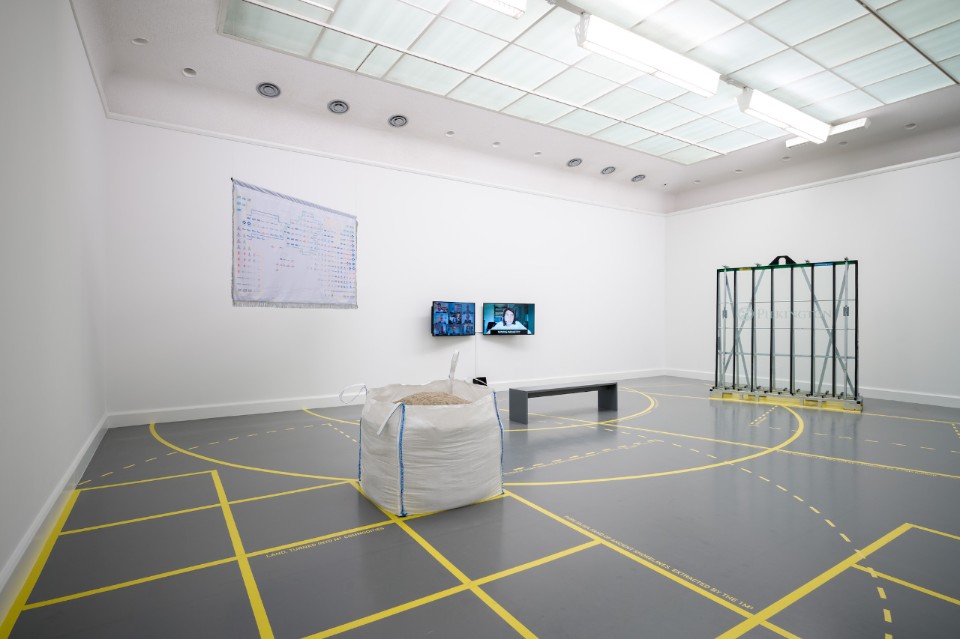
It is clear that putting in play geopolitical issues represents a more and more needed condition for the world of design: the Geodesign turns on unveiling and knowing, and also it marks the way for an invention and a sharing knowledge work within imaginaries capable of expressing even some form of dissent. Carry on, and so on and so on, a research project developed by Rawad Baaklini and Tiiu Meiner, fits in with this tension. The incessant resilience of the landscape in the face of economic dynamics only oriented toward the income is declined through a story in pictures on the exploitation dynamics in three different extraction mines in Netherlands, Estonia and Lebanon. Building Relay by Leo Orta amplifies this asymmetrical logic. Through an environmental installation made up of sculptures, models and videos, the designer analyses and investigates the role of the main economic actors and the use they make of sand in the construction of the new urban buildings for the 2024 Paris Olympic Games. Also, Dark Water Tours by Bich Tran Quang reports how the excessive sand extraction at the Mekong river’s mouth is causing the destruction of a delicate ecosystem based on the coexistence of ancient traditions related to fishing and craftsmanship, close to the natural environment.
“Sand. The Building Block of Modernity” may be seen as a commemorative manifesto of nature and its complexity, which, if supported, can create simple and functional but at the same time rich in meaning results. An invitation to develop a creative sensibility capable of saving objects from an insignificance risk, from a purely instrumental use, activating reflections on our way of living and on the deep but often neglected relationships between us and nature. Landscope by Baiba Soma and Romain Laval shows the sand cycle from the extraction to the application in construction projects in Morocco's tourism development, highlighting the consequent social and environmental devastation. The Atelier NL (Nadine Sterk and Lonny Van Ryswick) project To See a World in a Grain of Sand concludes this journey suspended between the global potentialities and the global distortions of a fundamental and non-renewable resource like sand. A seminal research which has anticipated and developed a sort of living archive about hundreds of sand samples from all over the world. The exhibition traces a map that portrays our time and the personal condition of the involved actors, leaving the necessity for designers to emerge and to feel active members of a constant evolving world.


